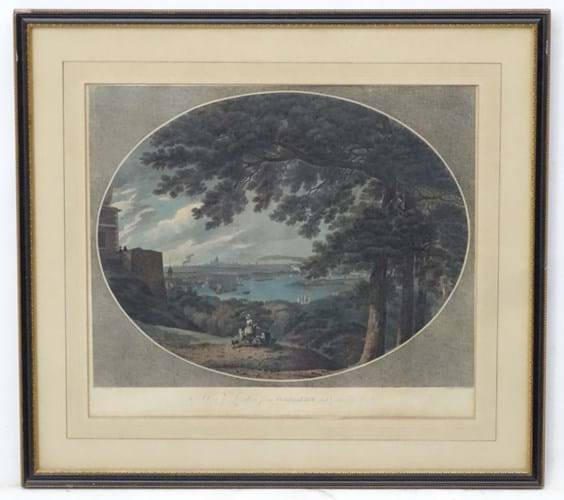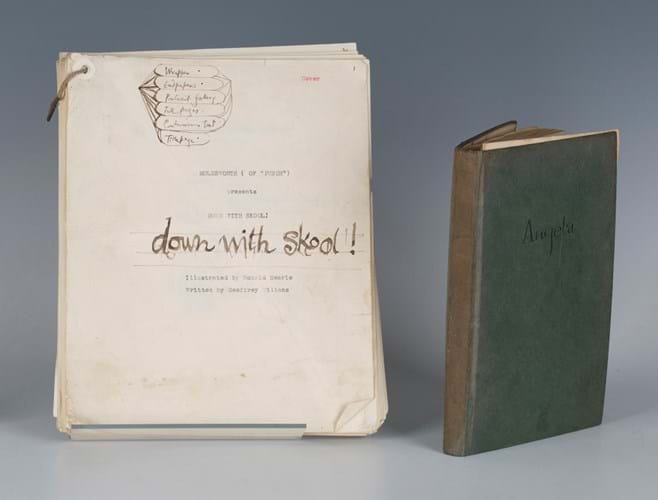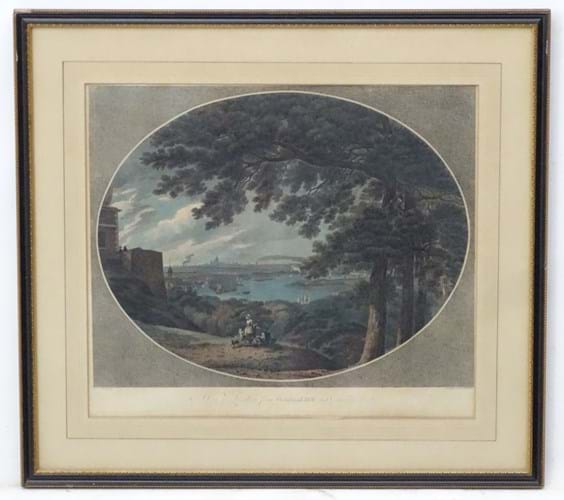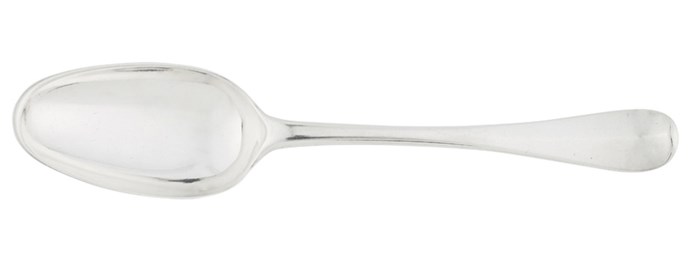1. 17th century spinet – £5500
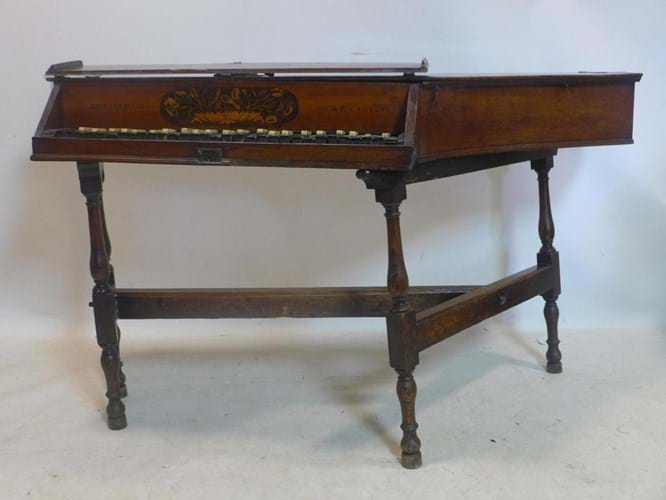
An English spinet carrying an inscription for William Hewet, a maker who was an apprentice of John Player – £5500 at Criterion Auctions.
In April 4, 1668, Samuel Pepys wrote in his diary: Took Aldgate Street in my way, and there called upon one {Charles} Hayward that makes virginalls, and did there like of a little espinette (spinet) and will have him finish it for me, for I had a mind to a small harpsichon, but this takes up less room, and will do my business as to finding out chords, and I am well pleased that I have found it.
Three months later on July 15, 1668 Pepys recorded that the instrument was delivered to his house.
Relatively few English spinets from the 17th century survive but did one surface at Criterion Auctions in Islington on August 12? Loosely catalogued and estimated at just £100-200, it made £5500.
The instrument includes a number of early features including an oak stand and a keyboard with ebony naturals and ivory accidentals (the reverse of the modern pattern found in most 18th-century English instruments). Inlaid to the nameboard with a typical Carolean marquetry panel of flowers it is inscribed Gulielmus Hewet Fecet.
William Hewet was an apprentice to the well-known maker John Player, a contemporary of Charles Hayward, who was made free of the Joiners' Company in November 1687.
The winning bid came via thesaleroom.com.
2. Manuscript with original illustrations – £5500
This tie-bound manuscript appears to be a pre-press ‘paste-up’ for 'Down With Skool', the first of the four 'Nigel Molesworth' novels that Ronald Searle illustrated for Geoffrey Willans.
Dated c.1953, the 98-page typed manuscript includes original Ronald Searle drawings in ink on approximately two thirds of the leaves – many of them crossed by red crayon ‘cancel’ lines.
At Tooveys of Washington, West Sussex on August 13 it sold at £5500 (estimate £150-200).
3. Trafalgar carpenter portrait – £2300
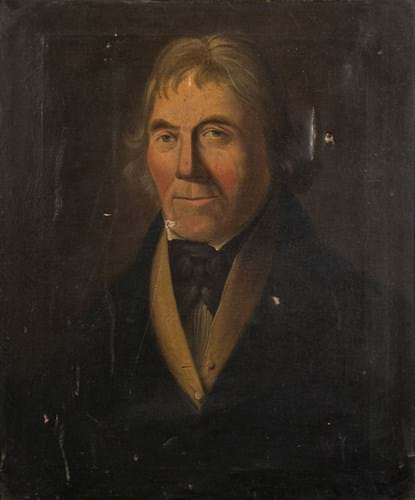
A portrait of Robert Nicholson of Blyth, the chief carpenter on board the Bellatron – £2300 at Bearnes Hampton & Littlewood.
This early 19th century British provincial school head and shoulders portrait depicts Robert Nicholson of Blyth, the chief carpenter on board the Bellatron – a ship that, according to an inscription, fought at Trafalgar.
Offered together with a late Victorian oil portrait of G Upham, a boat-builder from Brixham who built a copy of the Mayflower, it sold for £2300 (estimate £50-80) at Bearnes Hampton & Littlewood in Exeter on August 14.
4. Engraving of Greenwich Park – £1600
This scarce engraving and etching is titled A view of London from Flamstead Hill in Greenwich Park. Dated 1786 it is further inscribed Drawn by Tho.s Hearne / Etch'd by Eliz & Engrav's by W.m Ellis.
The Hearne-Ellis view is of particular interest as it includes, to the left foreground, Flamsteed House – the oldest of the Royal Observatory buildings designed by Sir Christopher Wren. Beyond is the Thames with ships moored, and the silhouette of St Paul's Cathedral on the horizon.
This example had original colouring and was intact with the title remaining. At Dickins of Middle Clayton on August 9 it sold to an online bidder at an unexpected £1600 (estimate £100-150).
5. George II tablespoon – £4600
Estimated at £200-300 but sold for £4600 at Lyon & Turnbull on August 14 was this George II Hanoverian pattern tablespoon with marks for Kerr & Dempster of Edinburgh, 1753. Key to its appeal was the crest to the reverse for John Hope, 2nd Earl of Hopetoun (1704-81).
For two generations The Hopetoun family, Charles and John Hope 1st and 2nd Earls, were perhaps the most important commissioners of silver in Scotland. However, flatware bearing the family crest is surprisingly rare and it is highly likely these smaller items were regularly recycled into the larger more impressive wares which are still recorded. The crest depicts a broken terrestrial globe beneath a cloud-issuing rainbow with the motto At Spes Infracta (Yet my hope is unbroken).


